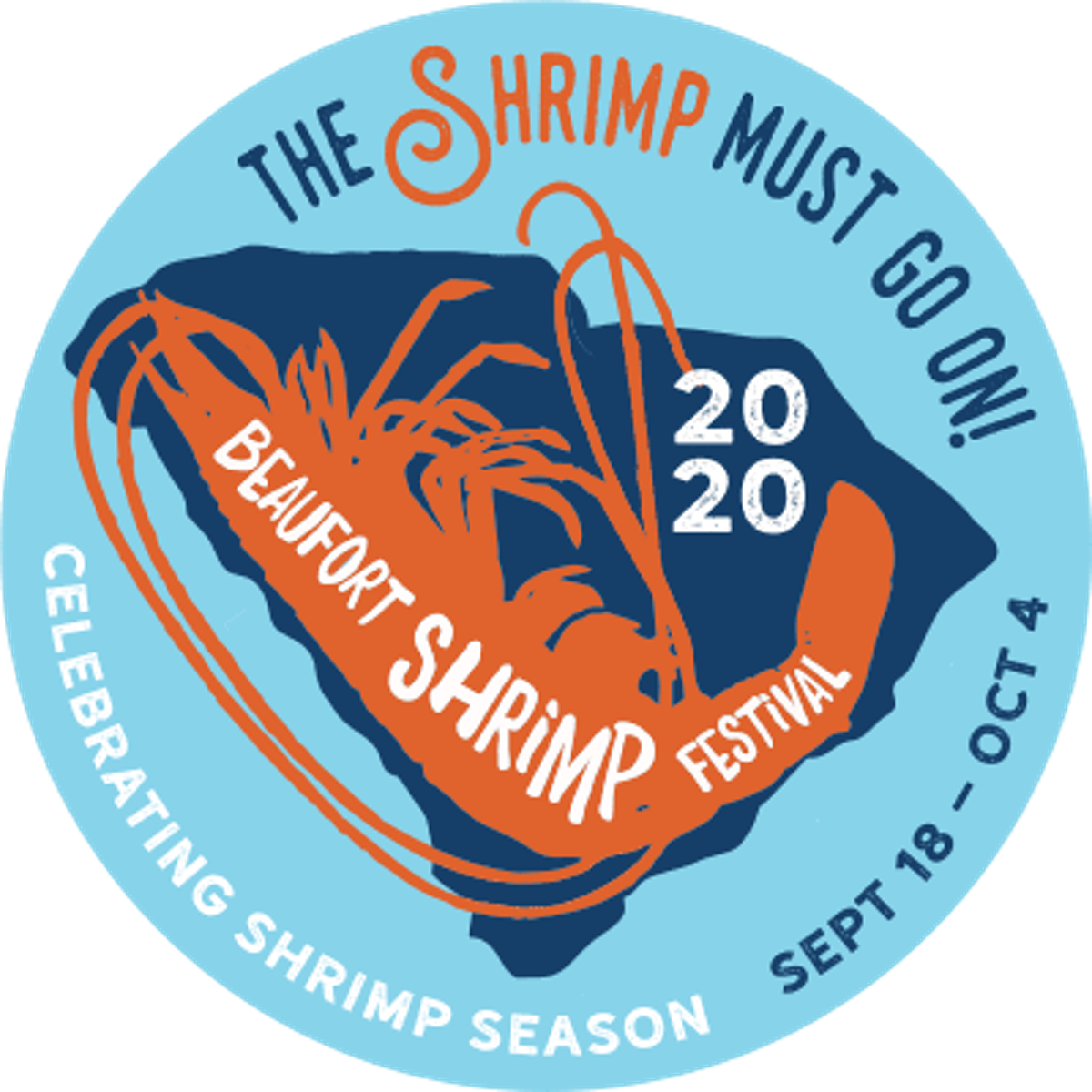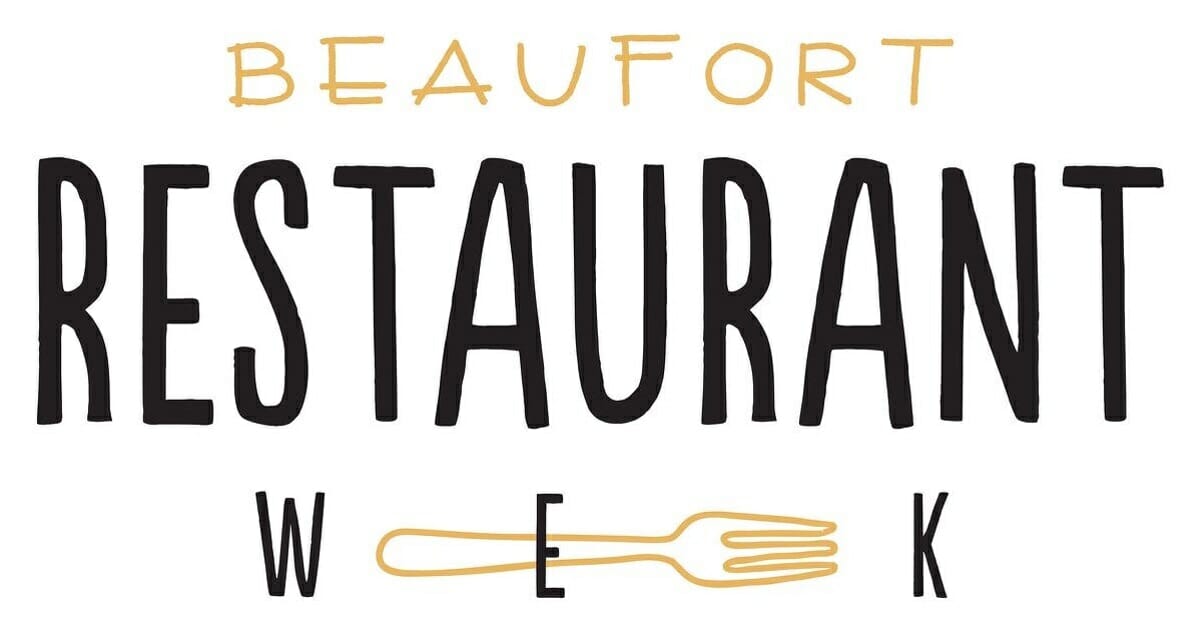By Celia Strong
Declassification is a thing in wine, but it doesn’t mean the wine isn’t classy.
Some of the ins and outs of classifications are particularly evident in France’s Burgundy region. Like other regions of France, the wine laws in Burgundy were written to ensure the wines produced in this region were as good as they could be. What might or might not make these Chardonnay and Pinot Noir wines better has nothing to do with what could make better wines in Bordeaux or any other region. This means what we learn for Burgundy only applies to Burgundies.
The hierarchy of Burgundy appellations starts with the generic “Burgundy” (or “Bourgogne” in French.) This appellation is for both red and white wines that are made from grapes grown anywhere in the legally marked region. These are regional wines that are generally less distinctive, being the bottom of the totem pole, and less expensive.
Next step up, legally, are sub-region appellation wines like Mâcon. Within Mâcon wines there are several levels, including Mâcon-Villages, where the grapes come from designated villages known for better soil and slightly warmer weather. In some cases, a specific village name can be added to the appellation, like Mâcon-Lugny. Steps better than this include St Véran and Pouilly-Fuissé.
We do need to note that as the appellation gets higher on the Mâcon totem pole, the exact rules for wine production get stricter. (Another guarantee that better appellations are better wines.) All white Mâcon wines are 100 percent Chardonnay. To be labeled just Mâcon, the producer is limited to 60 hectoliters of juice per hectare of vines, and the grapes must be able to ferment to at least 10 percent alcohol. For Mâcon-Villages, the yield is down to 57 hectoliters per hectare and the grapes must be ripe enough to ferment to 11 percent alcohol. (Remember, alcohol is the backbone in the wine that supports the flavors. More alcohol means more flavors. More flavors means a more complex wine. More complex is better!) Today, we can limit ourselves to just a Bourgogne Blanc and a Mâcon-Villages. Phew!
Louis Jadot is one of the best quality houses in the Burgundy region. Established in 1859, this company owns 280 acres in the northern Burgundy sub-region, the Côte d’Or, where the very famous and very expensive appellations are located, plus 248 more acres throughout the region, including in the Mâcon. Jadot Mâcon-Villages is made from grapes that are all grown in the Mâcon sub-region. Fermentation is done in stainless steel to optimize the clean, fresh flavors of these Chardonnay grapes. Bright white flowers, green and yellow apples and lemons and limes are the basic aromas and flavors. The wine’s acidity is bracing and fresh, with mineral notes. With 12.7 percent alcohol. For $11.99
Jadot Bourgogne Chardonnay is a lesser appellation wine. It is made mostly from Mâcon grapes, with small amounts from outside the sub-region added in. Right there, they loose the ability to use any Mâcon appellation on their label. So why do that? Well, small bits of the grapes they choose to include come from other parts of Burgundy, other appellations. A few percentages from the Côte de Beaune and the Côte de Nuits. Some from the Châlonnaise, north of Mâcon. All, truly, more expensive grapes because of where they grow. But every row of vines in every appellation may not be as good as Jadot wants for a specific appellation. Unfortunate. So, they move them into a lesser wine. They declassify them, giving them a Bourgogne appellation wine, and they get to charge a bit more for the added grapes.
This wine is also fermented in stainless steel, but aged a bit longer before its release. It has all the apple and lemon lime flavors, from the Mâcon grapes, plus pears, stone fruits like peaches and apricots, tropical notes like pineapple and mango. Crisp acidity, a bit more body, better balance and a longer finish are included, too. With 12.9 percent alcohol. For $15.99.
So, a lesser classified wine that has more flavors and a higher price. Not an oxymoron. Just a declassification. Enjoy.
Celia Strong works at Billís Liquor & Fine Wines on Lady’s Island.




